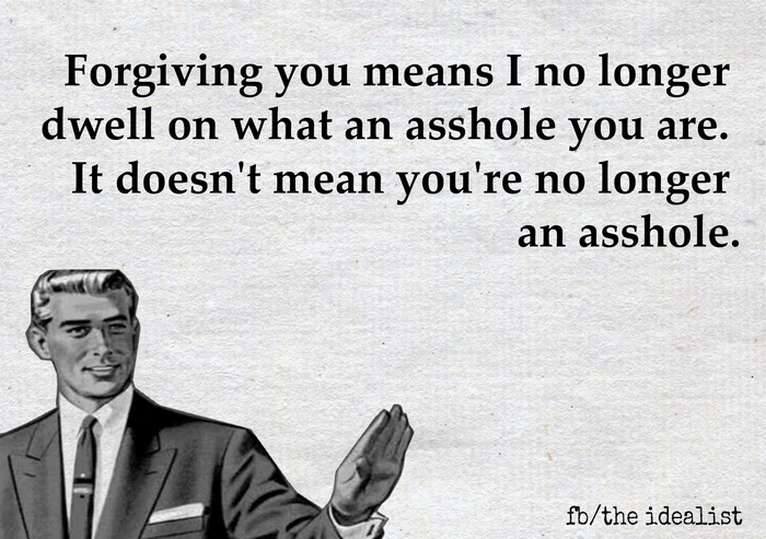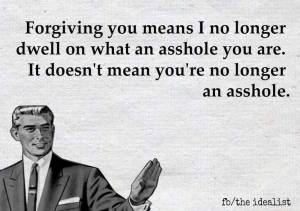 This is a new way of working in our connected, social age and is explained in more detail by John Stepper, who is a leading proponent of it and has written a book about it. (It’s also International Working Out Loud (WOL) week).
This is a new way of working in our connected, social age and is explained in more detail by John Stepper, who is a leading proponent of it and has written a book about it. (It’s also International Working Out Loud (WOL) week).
The idea is that you share your work in progress and explain what you are doing, so that others can give you comments and feedback. That way, you get a better result and faster because you benefit from the wisdom of others and you also develop a network of advocates who understand you and your work.
Sounds terrifying, doesn’t it?
Let people see what you are doing before you’ve finished it and show yourself up as an idiot? Let them comment on your half-formed thoughts and rip them to shreds? Share your good ideas with others who might steal them? This is madness!
At least, that’s what we’ve been taught to think. Keep your ideas to yourself until you’ve got them polished and you can make sure you get the credit. Don’t let other people know how mad they are at the beginning, only let them see the final example of your brilliance.
Our experience has often supported this. We’ve been ridiculed by our peers or bosses when we’ve put a half-formed thought forward. We’ve had our work ripped to pieces by malicious smart-arses. We’ve been shown up and attacked by our rivals. We know what happens when you let your defences down and we’ve got the scars to show for it.
Only that isn’t how it works outside the Mothership. That isn’t how it works in today’s economy. In fact, it’s just the opposite.
So I am embracing this concept and I will be working out loud in this blog. And yes, it’s scary. It makes me feel vulnerable. However, I believe that embracing vulnerability is an important part of re-imagining yourself, so it behoves me to ‘walk the walk’, to feel the fear and do it anyway.
I want to build an audience for this blog and engage with the Post-Executives so that they can be helped through the process of re-imagining themselves. I would love to be able to connect people so that they can support each other, and to help each other make the greatest contributions that they are capable of. I would love this to grow into a movement and be much more than just me and my thoughts, to harness the talents and energy of the Post-Executives and bring positive change to the workplace and to society.
I don’t know how I am going to make this happen, exactly. But by sharing it here and working out loud, I hope to get some help and ideas and find others who share my vision.
Yeah, I want to change world. Cheesy, I know, but there it is, I’ve said it. Now, who wants to help me?


